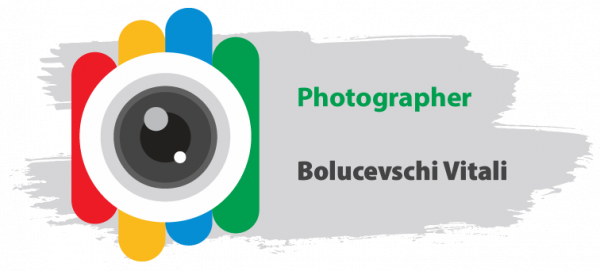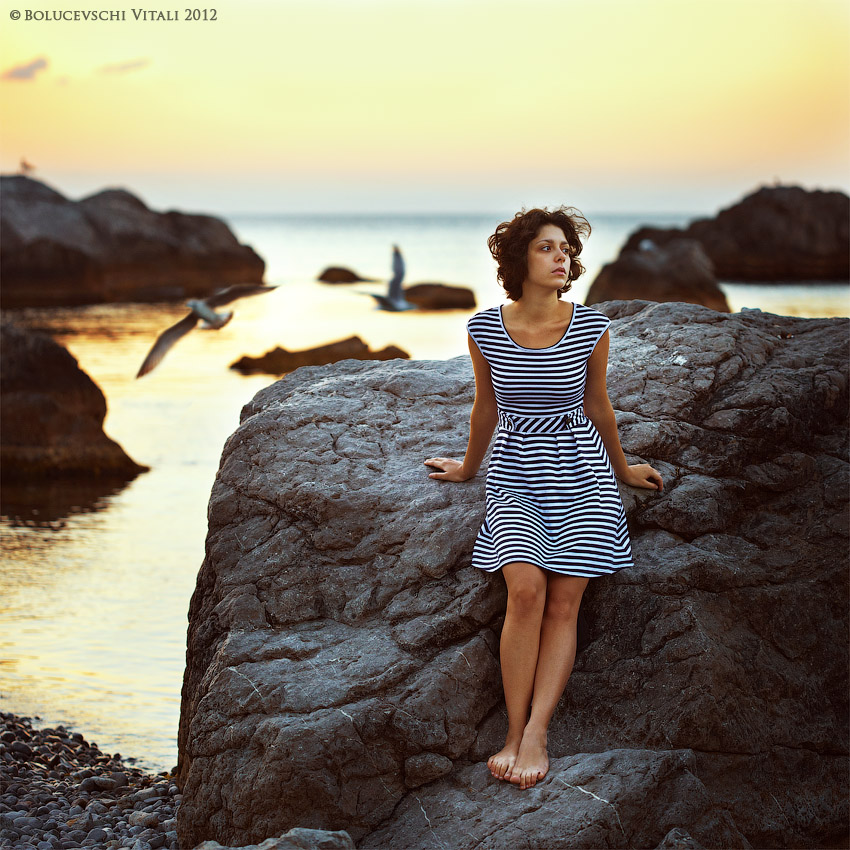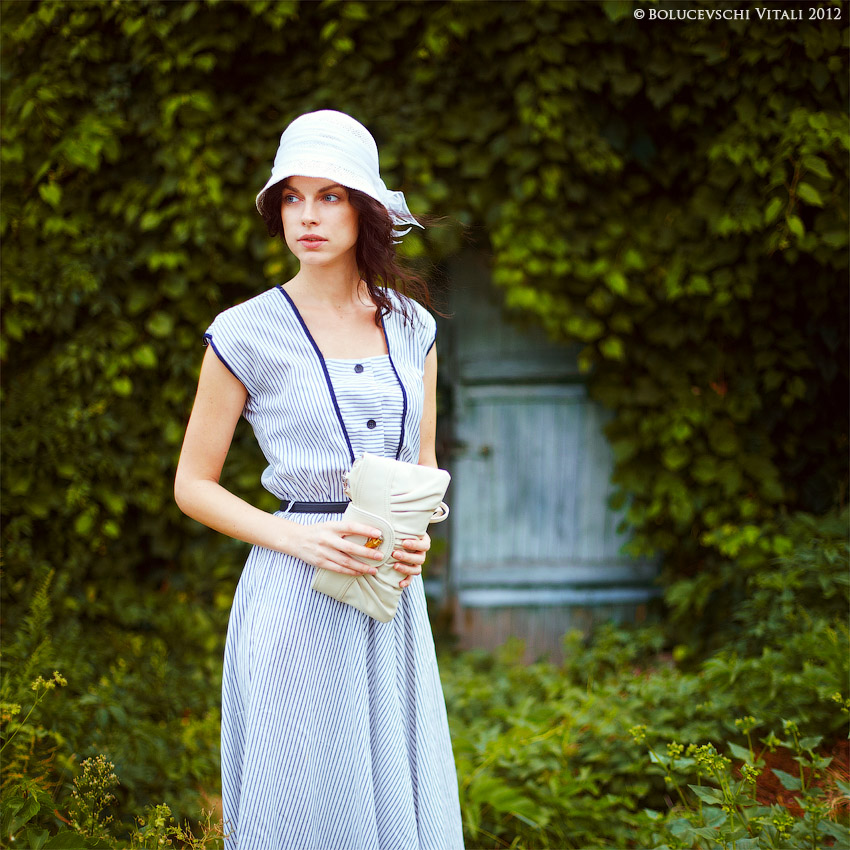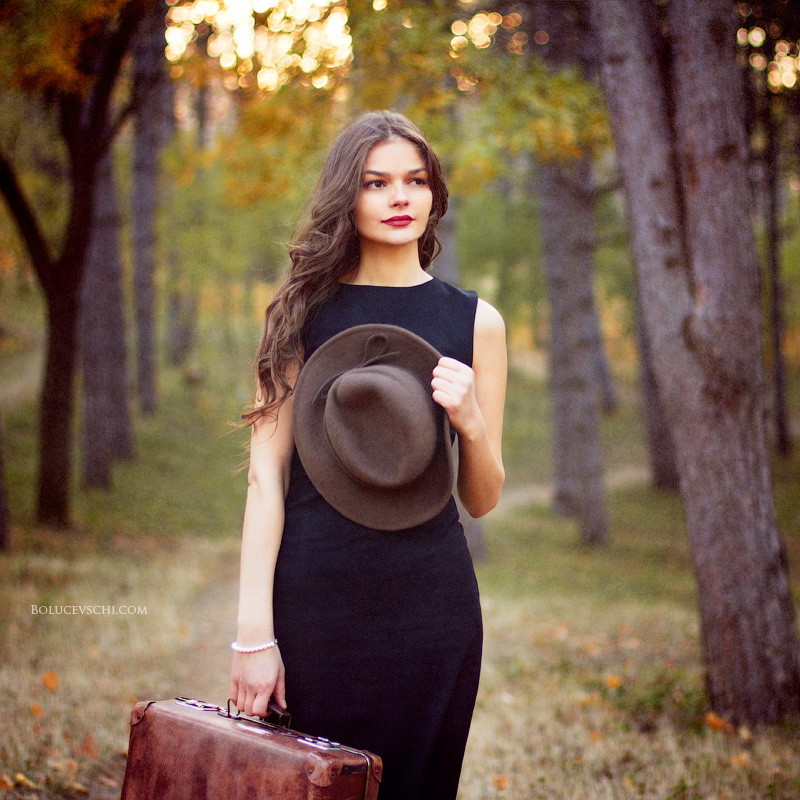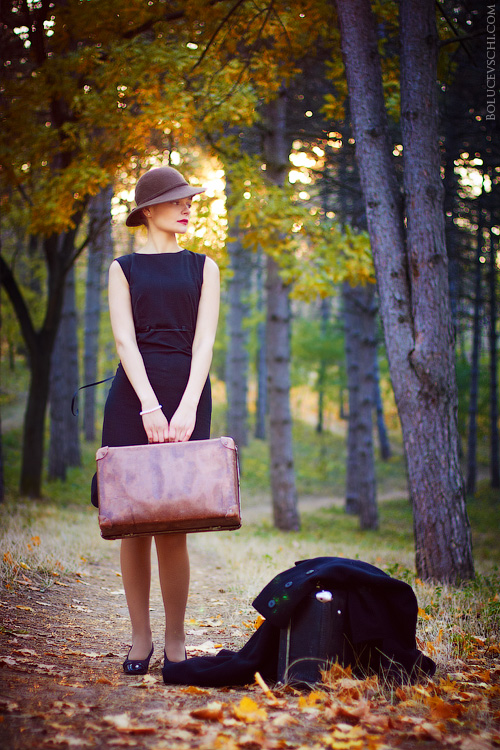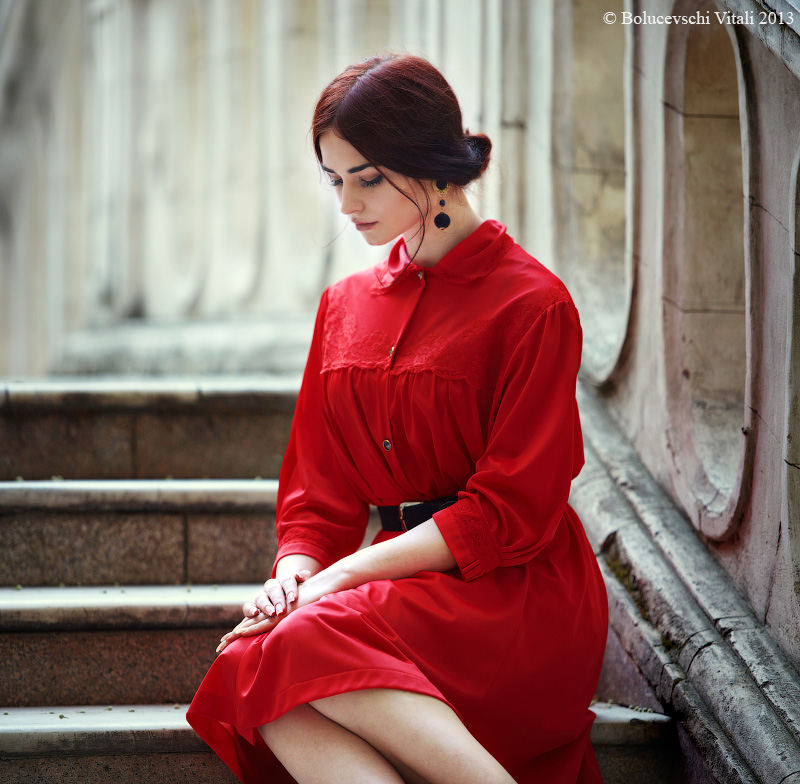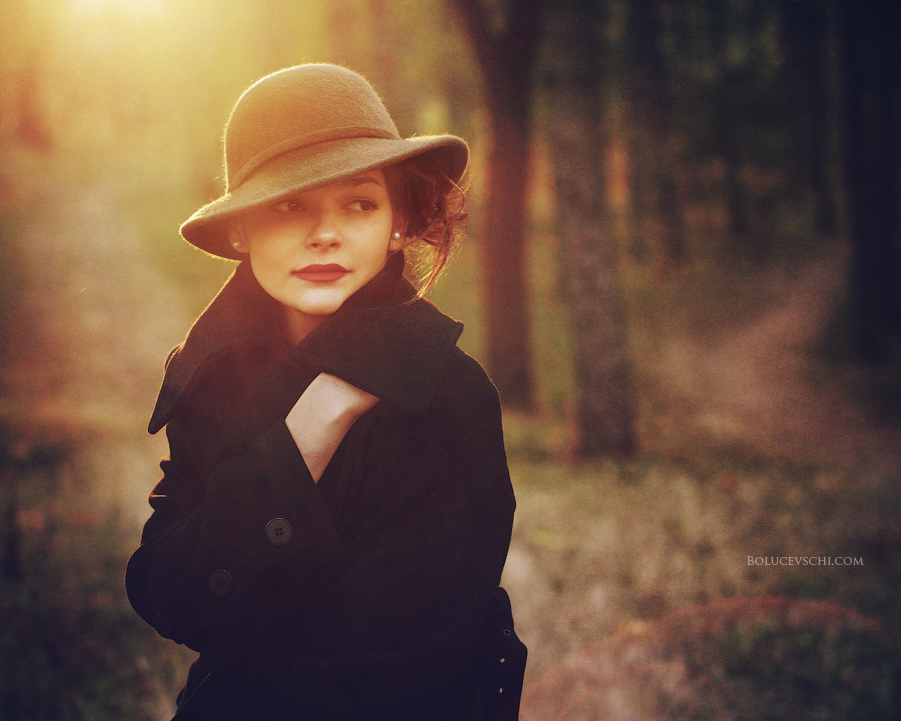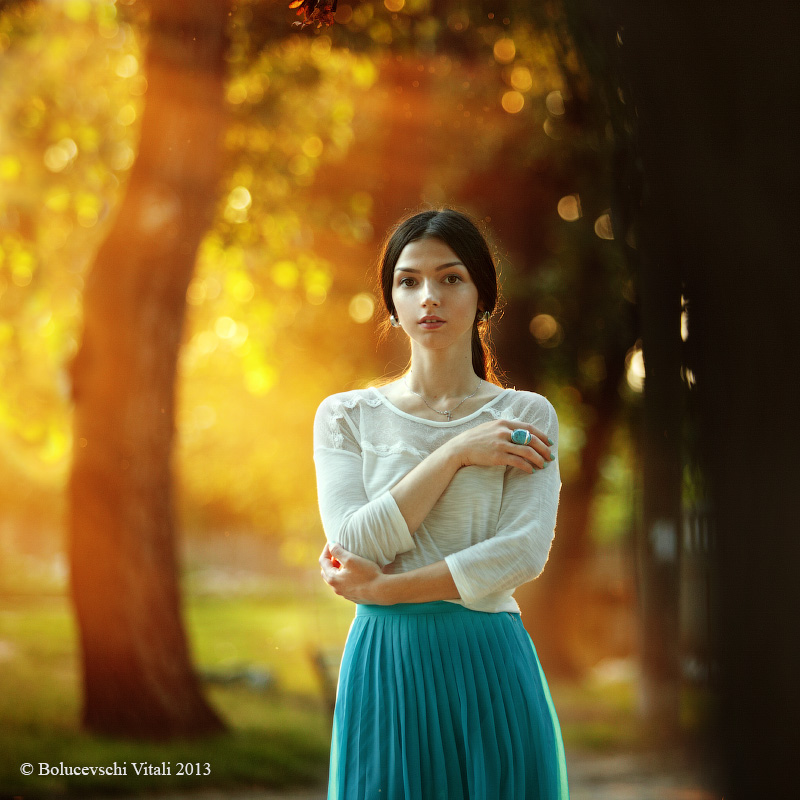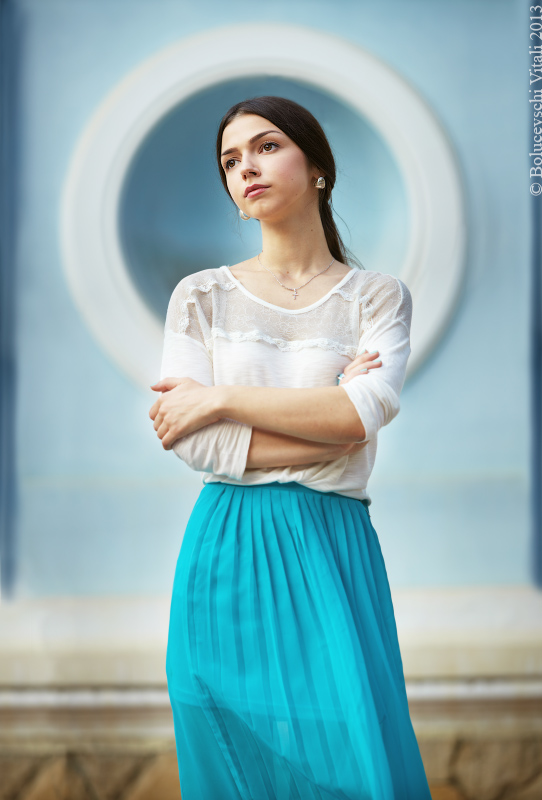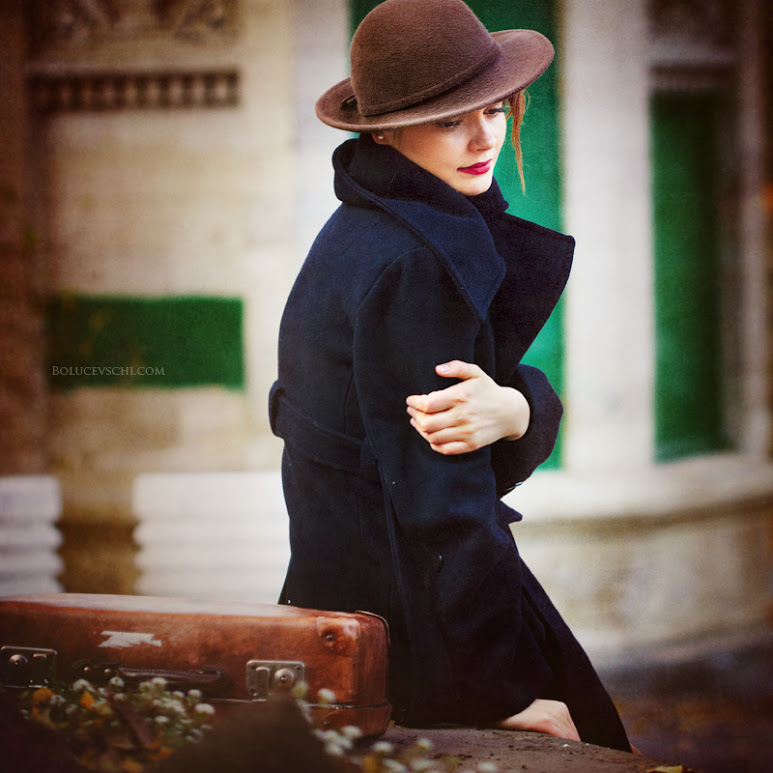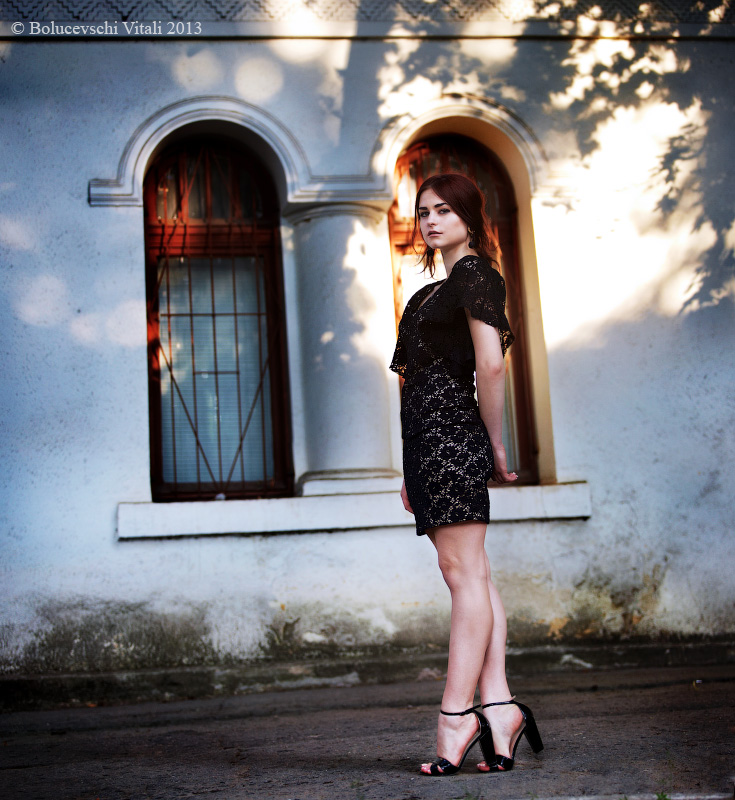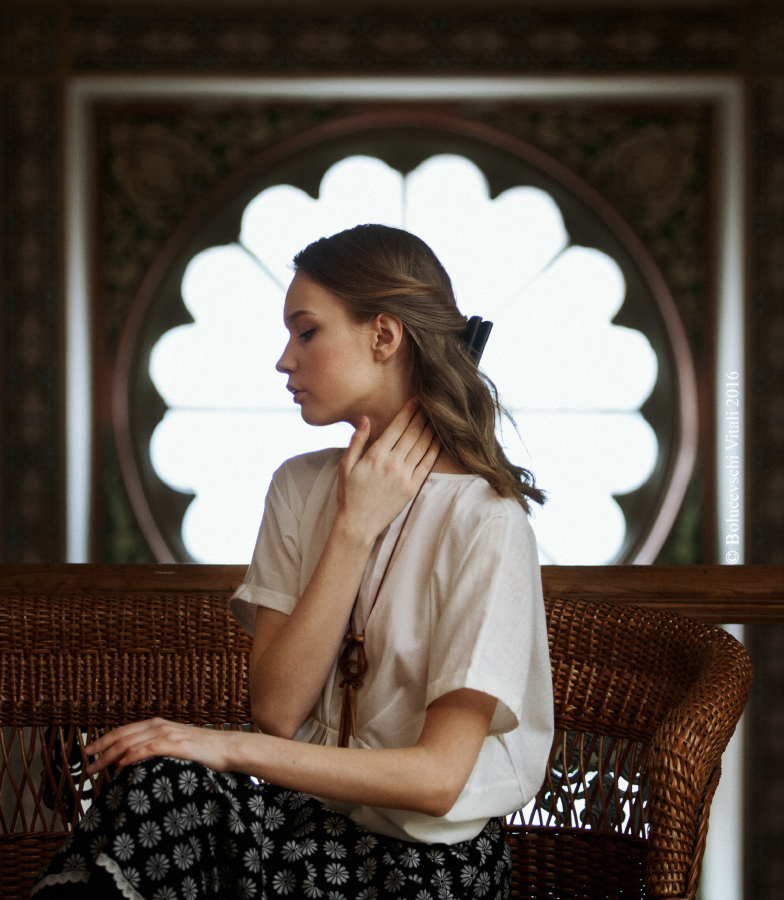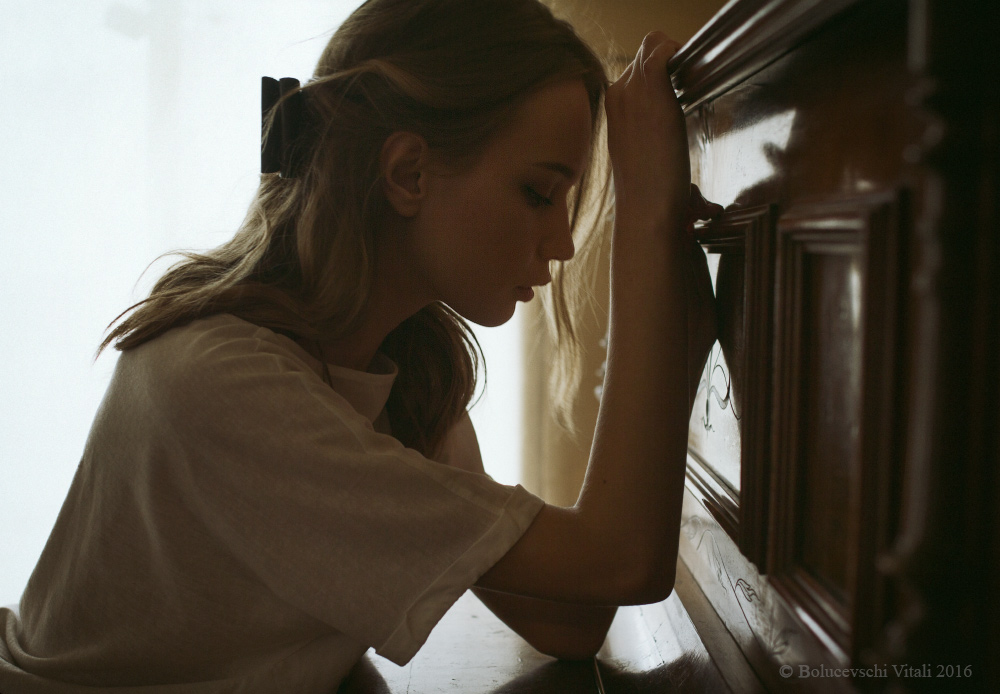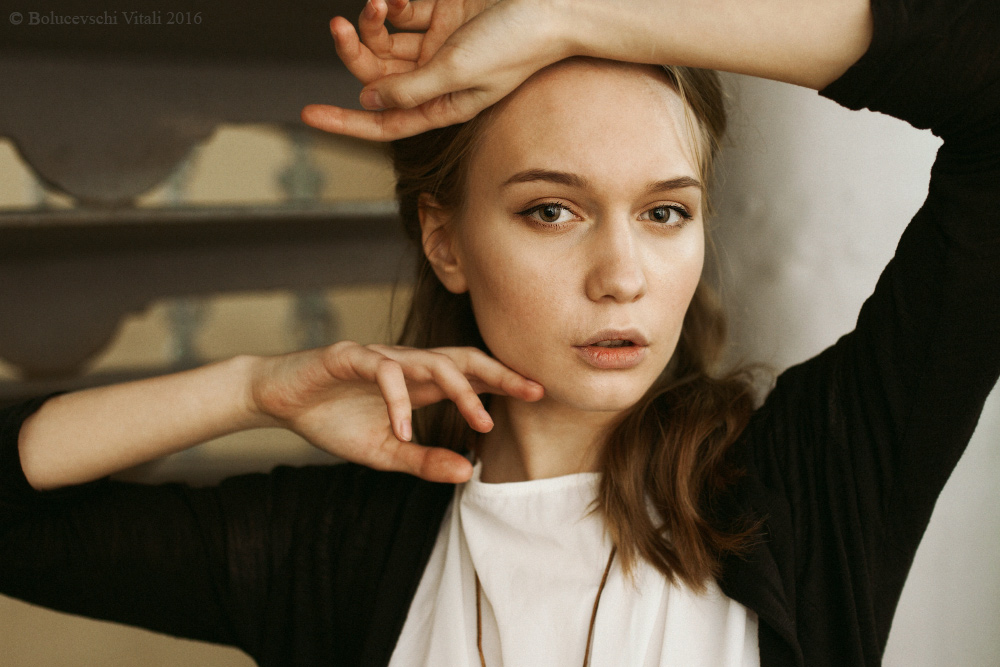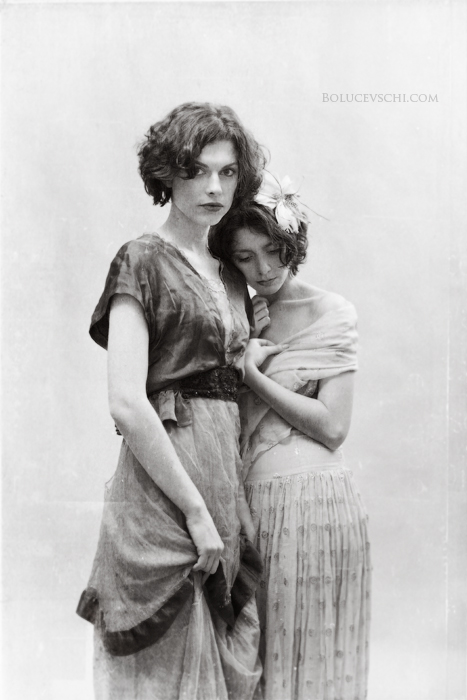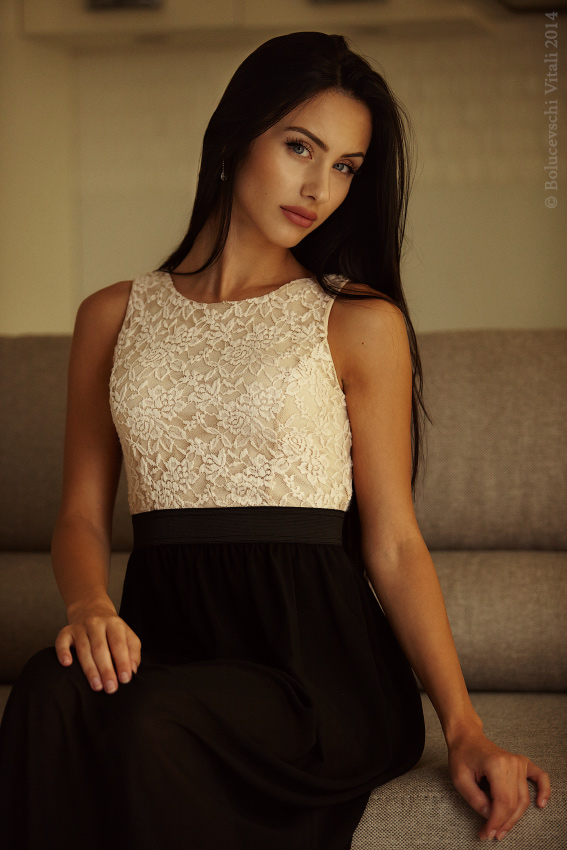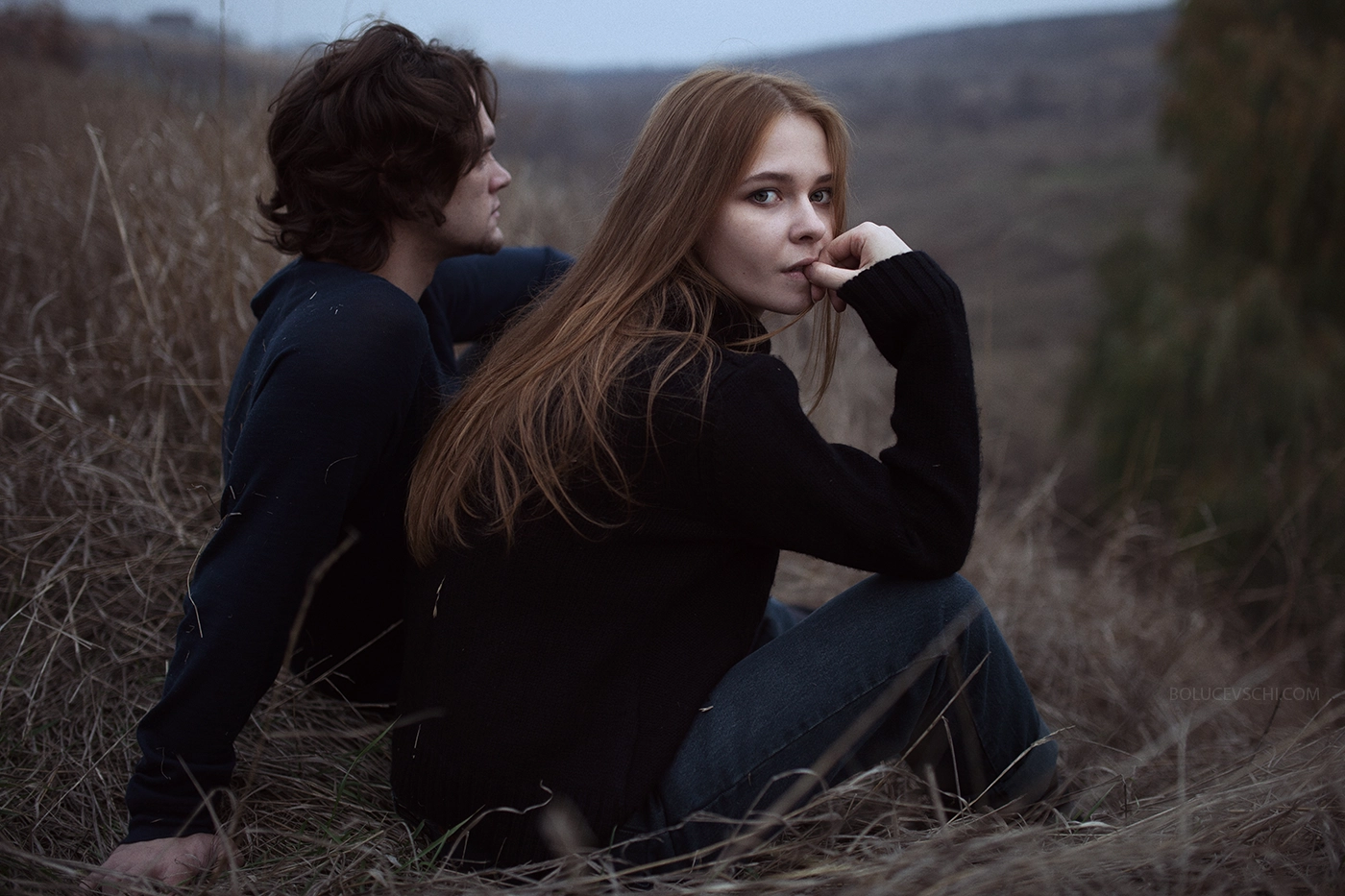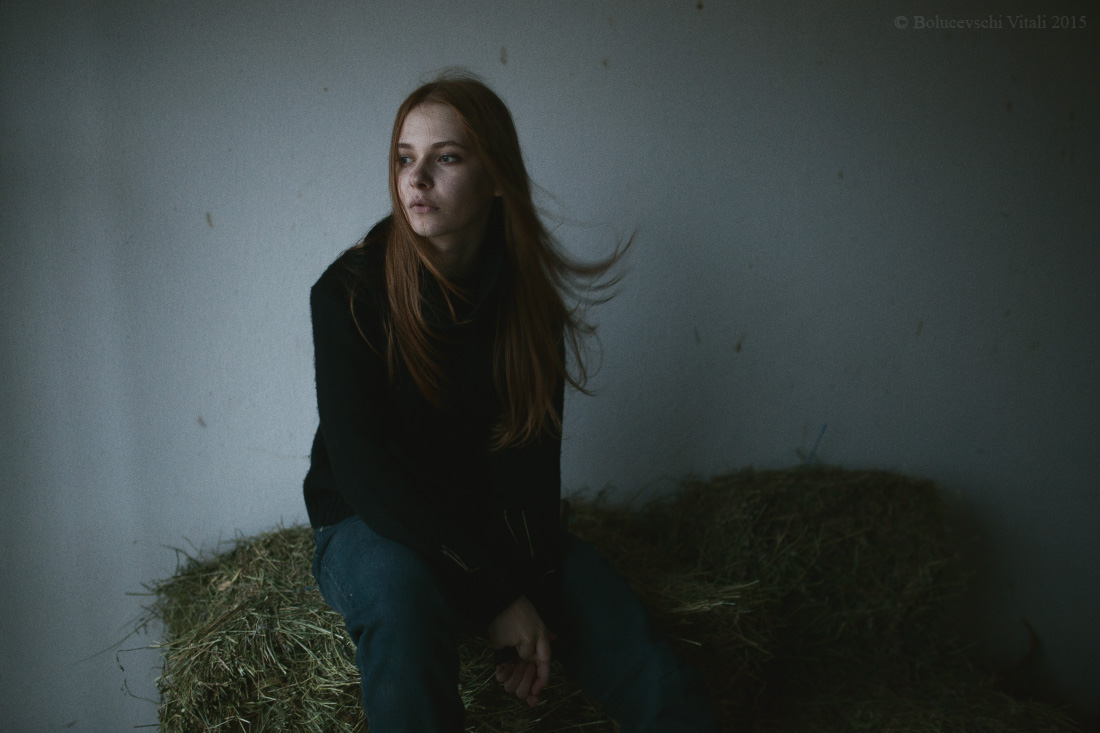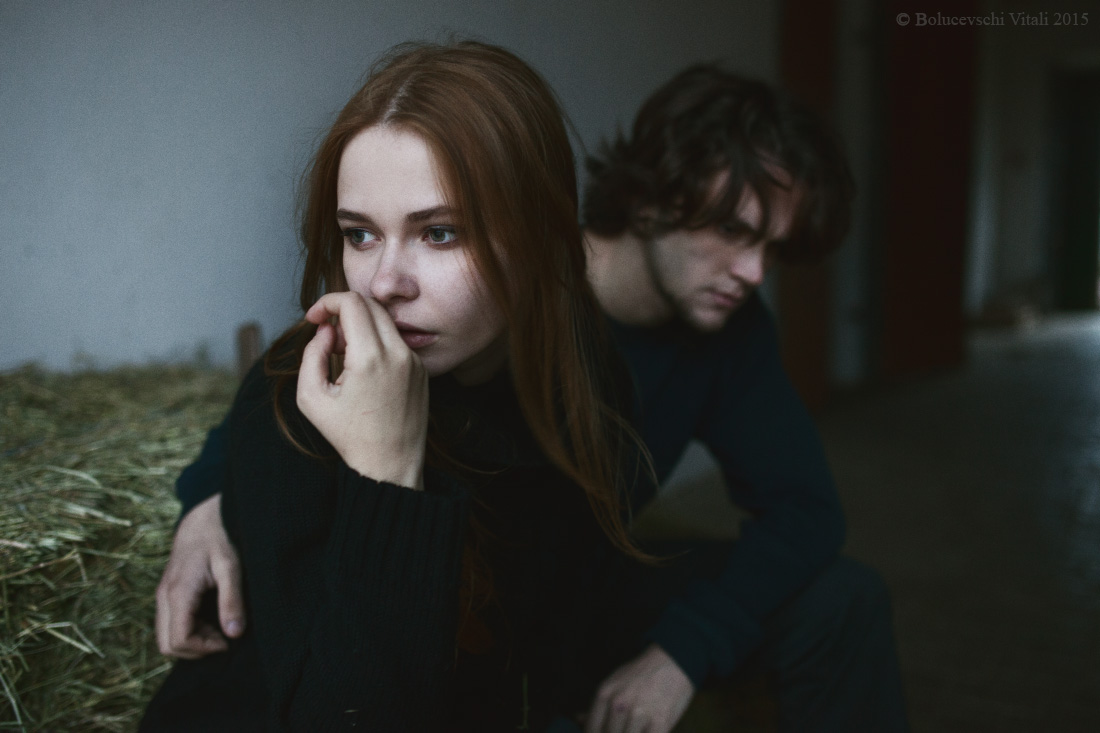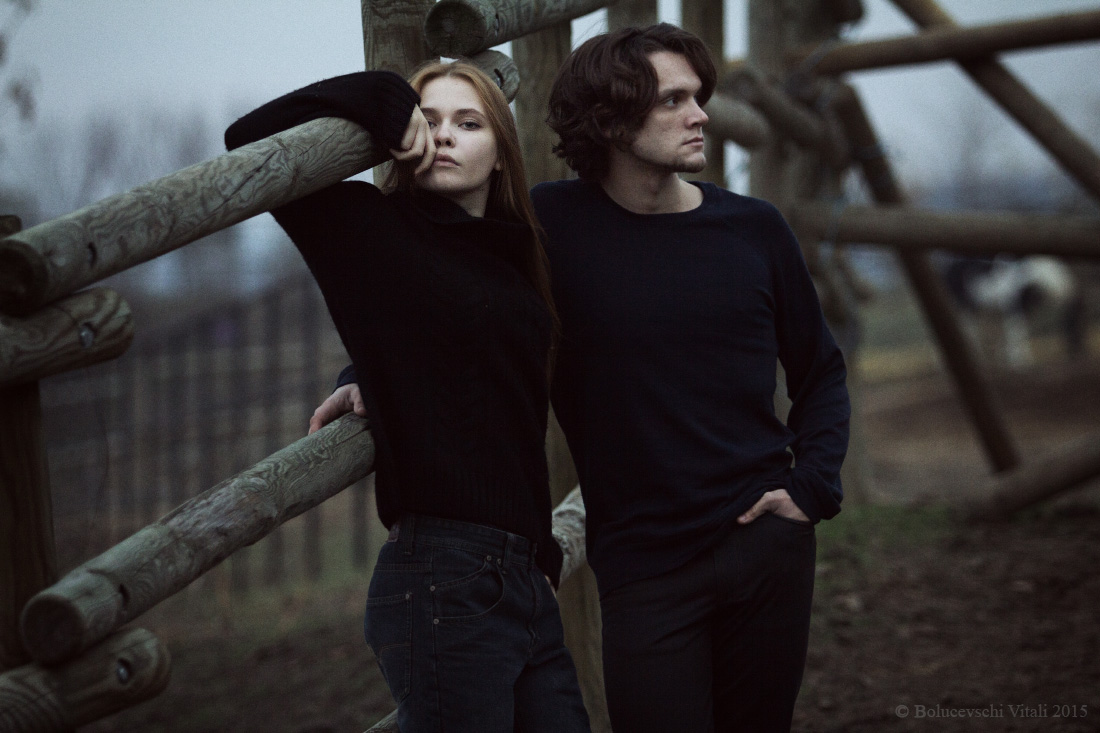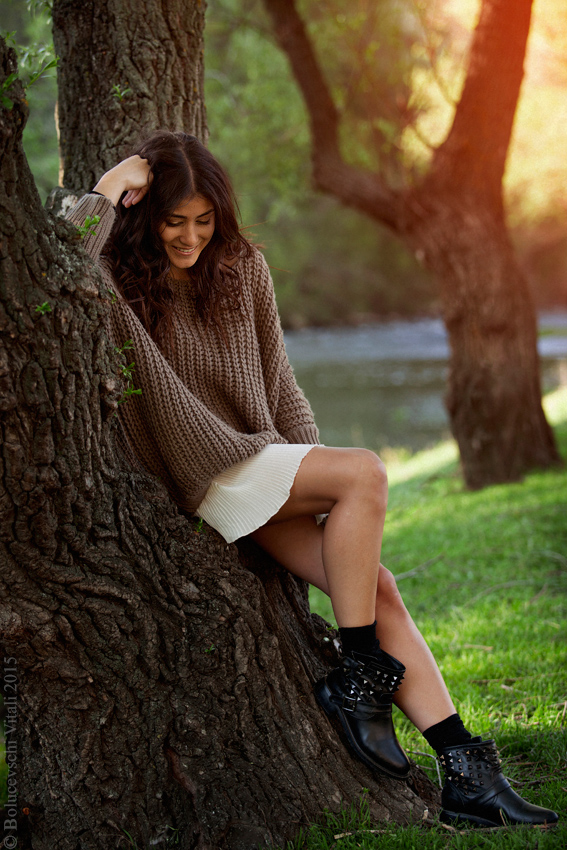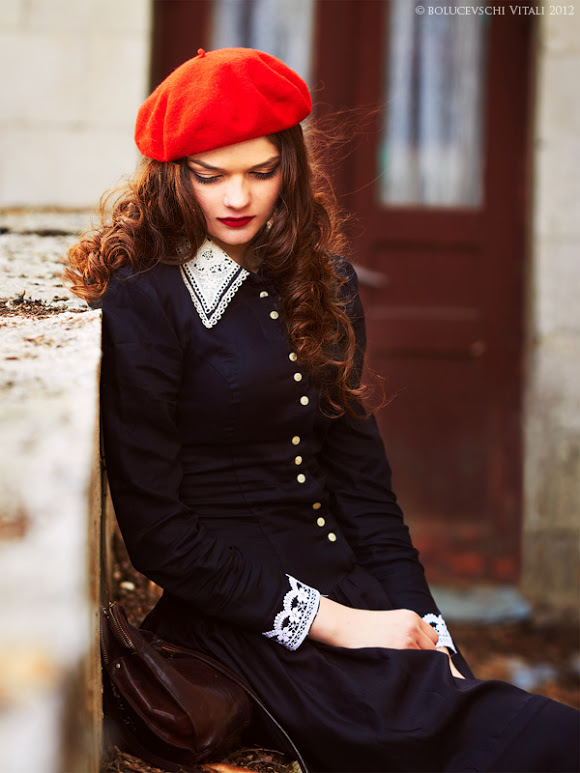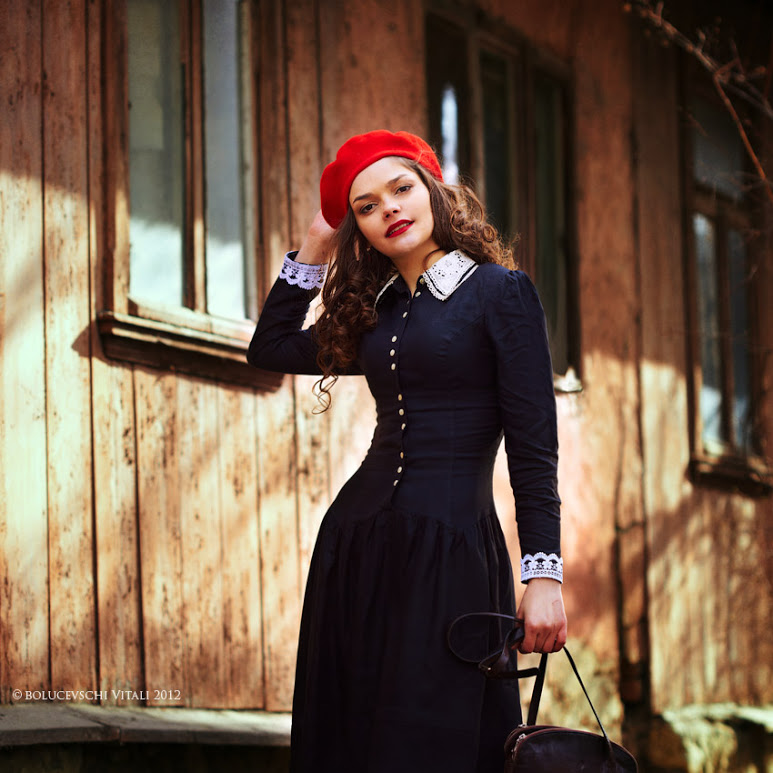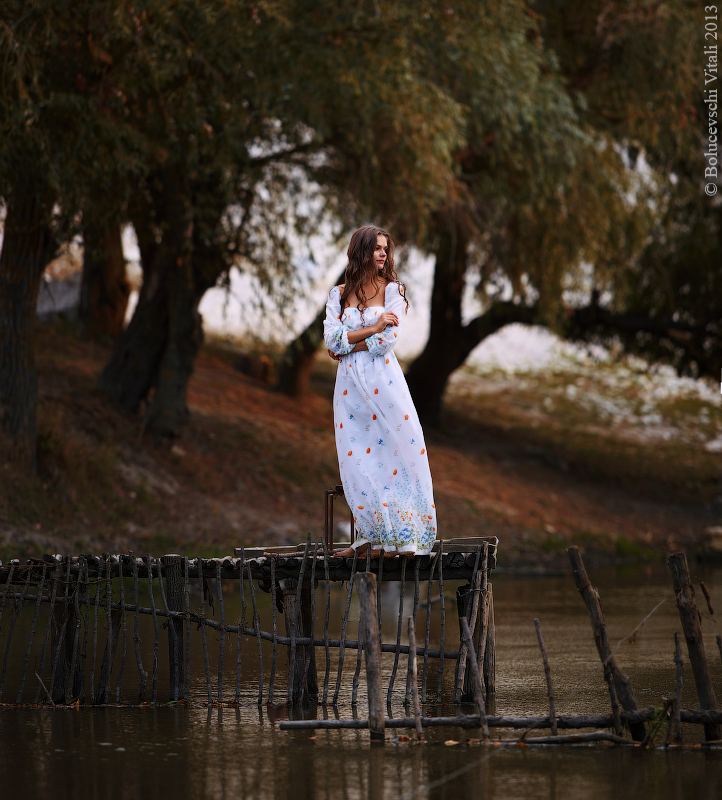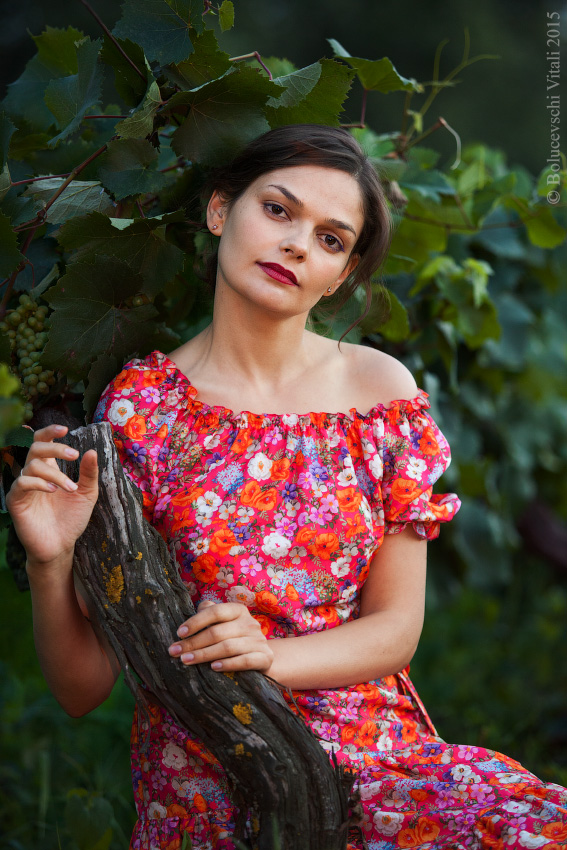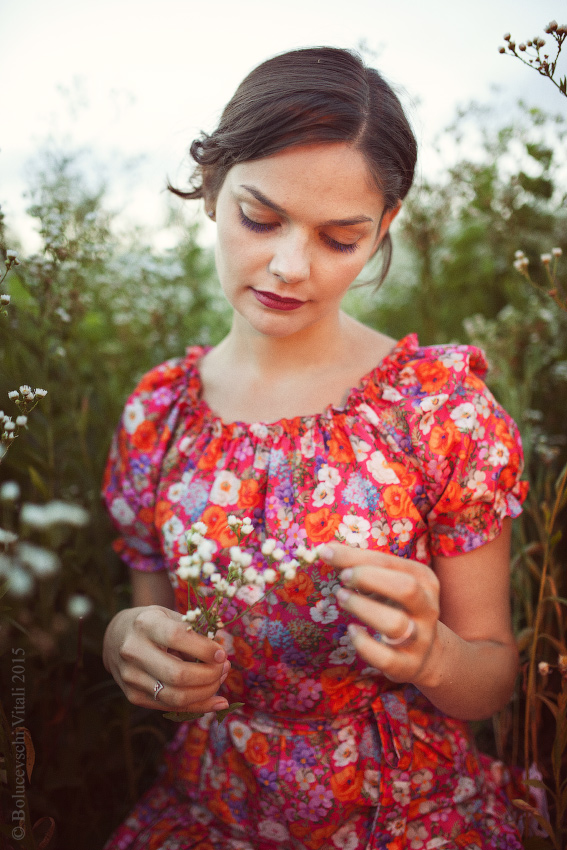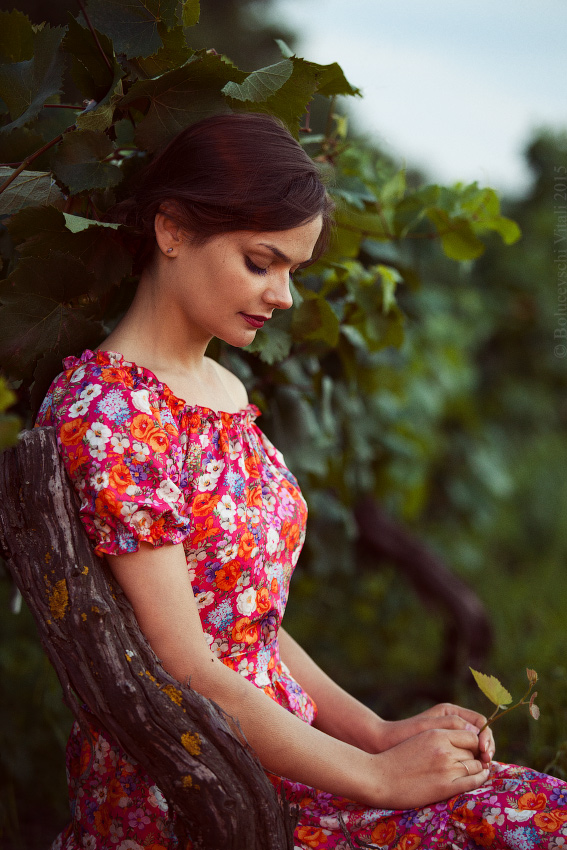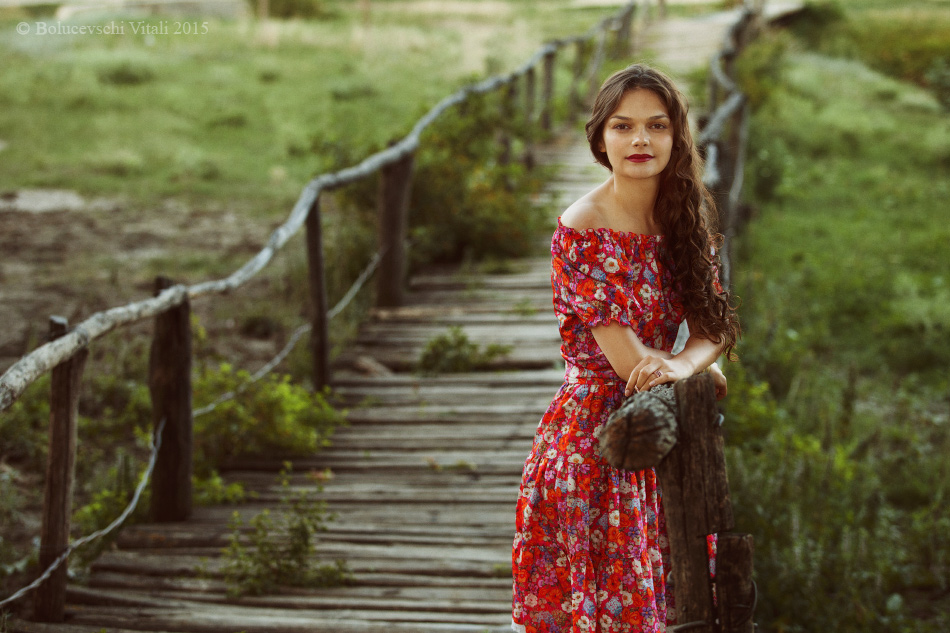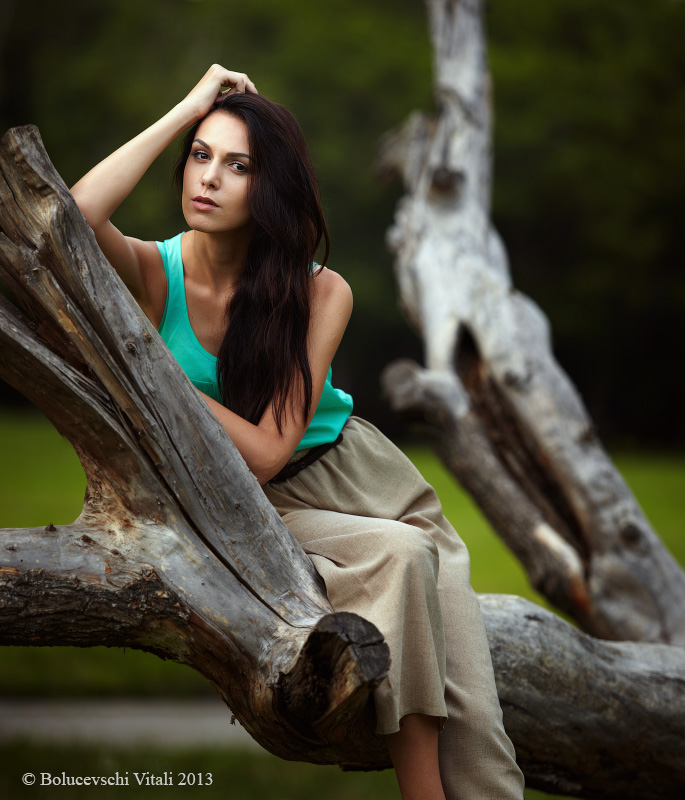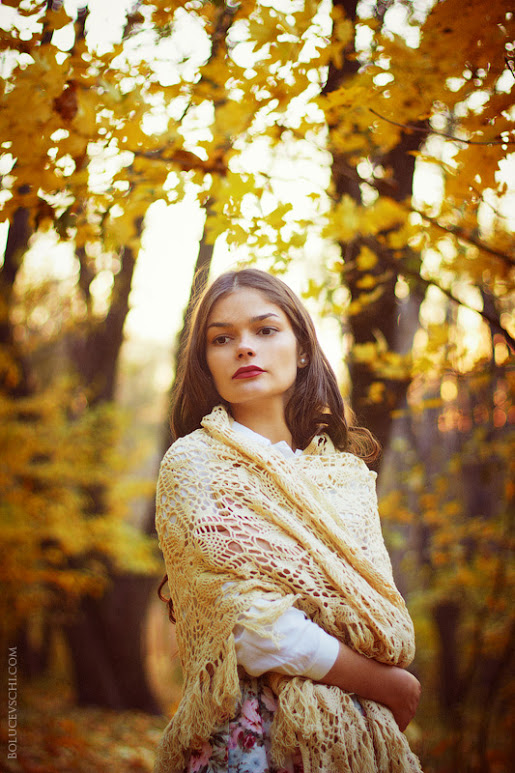Artistic Portrait Photography
What is Portrait Photography?
Portrait photography is an amalgamation of art and science, capturing the quintessence of an individual by revealing their character, emotions, and uniqueness. Portraits can be crafted in myriad styles and settings, be it in a studio, amidst nature, or within urban environments.
Key Aspects of Artistic Portrait Photography
Location Selection
The setting for a portrait session plays a pivotal role. Natural environments provide organic lighting and a relaxed ambiance, enhancing the authenticity of the images. Urban landscapes add dynamism and a contemporary flair, while studio settings offer complete control over lighting and background.
I personally favor shooting portraits outdoors with natural light. The model tends to be more at ease in familiar surroundings, making the session flow effortlessly.
Lighting and Technique
Lighting stands as one of the most critical elements in portrait photography. Natural light imparts a softness and warmth, whereas artificial lighting allows for dramatic effects and highlights. Equally crucial is the proper adjustment of equipment: the camera, lenses, and accessories must be meticulously set.
Props and Wardrobe
Thoughtfully selected props and attire contribute significantly to unveiling the subject’s personality. This could include accessories, costumes, or simply elements of the environment. Everything must harmonize and complement the subject’s image, creating a cohesive picture.
Psychological Aspect of Portrait Photography
Building Trust
A successful photo session hinges on the model’s comfort. Establishing a trusting relationship is essential so that the model feels relaxed and natural. A preparatory discussion to go over ideas and preferences is crucial.
Expressing Emotions
Emotions are paramount in portrait photography. The photographer’s skill in capturing genuine emotions and immortalizing them in a photo breathes life and memorability into the image. Guiding the model in expressing the desired feelings is an essential talent.
Technical Aspects of Portrait Photography
Camera Settings
Proper camera settings are vital for achieving high-quality images. This includes selecting the appropriate aperture, shutter speed, and ISO. A shallow depth of field is often used in portrait photography to focus attention on the subject and blur the background.
Photo Editing
Post-processing is a crucial phase, enhancing photos by adjusting color, light, and details. Software like Adobe Photoshop or Lightroom is indispensable for achieving a professional level of photographs.
Portrait Photography in Various Conditions
Studio Photography
Studio portrait photography offers total control over lighting and background, allowing for the creation of diverse moods and styles by experimenting with shadows and light.
Outdoor Photography
Portrait photography in natural settings benefits from organic lighting and picturesque backgrounds. It is important to consider the time of day and weather conditions for optimal results.
Urban Photography
City portraits have their own charm and style. Urban landscapes, architecture, and street lighting add dynamism and modernity to the images. As a portrait photographer, my ultimate aim is not just to capture a person’s appearance but to reveal their inner world.
In portrait photography, every element matters: makeup, the photographer’s and model’s mood, appropriately chosen wardrobe and props, and of course, the background. Many photographers, in my observation, struggle to utilize these elements effectively.
A photo session is the best way to unveil, understand, and embrace oneself.
Conclusion
Artistic portrait photography is a multifaceted art form that melds technical skills, creativity, and psychology. A photographer’s ability to perceive and convey the model’s inner world makes each photograph unique and invaluable.
Portrait photography, perhaps one of the most ubiquitous genres, is simultaneously one of the most challenging, demanding extensive knowledge and skill. Every photographer ventures into this genre, but choosing the right professional can be daunting. I recommend gaining experience by studying the works of classic portrait photographers and contemporary artists, analyzing their creativity.
